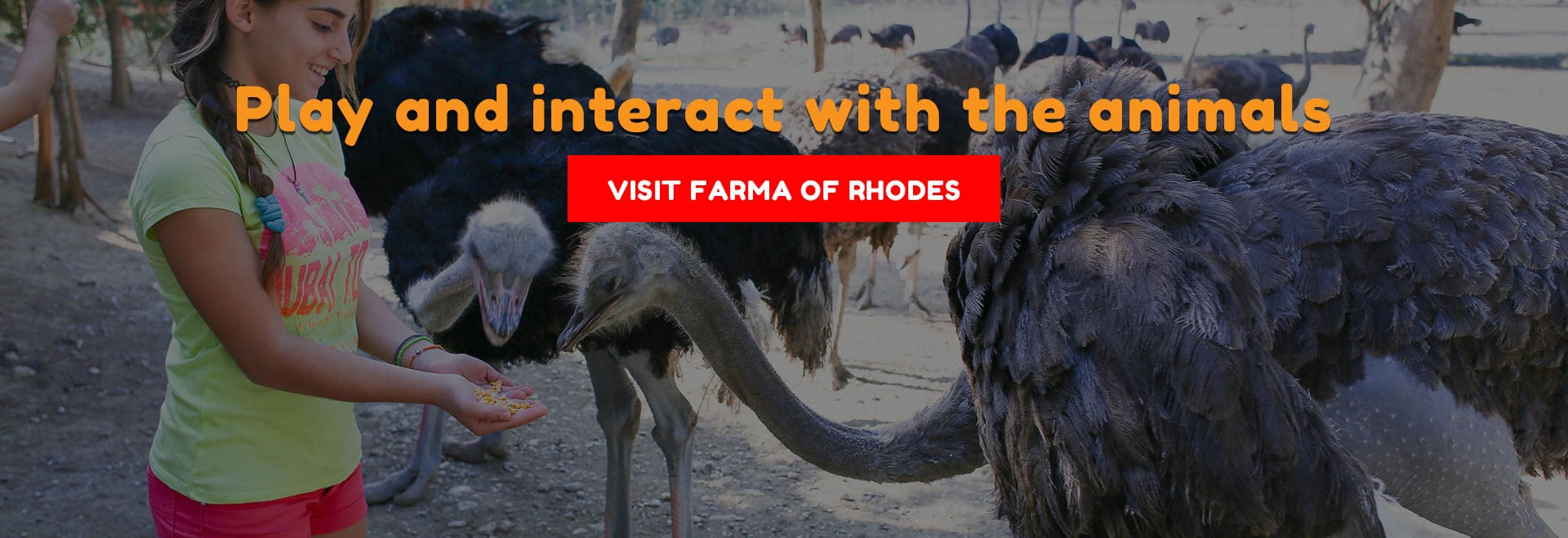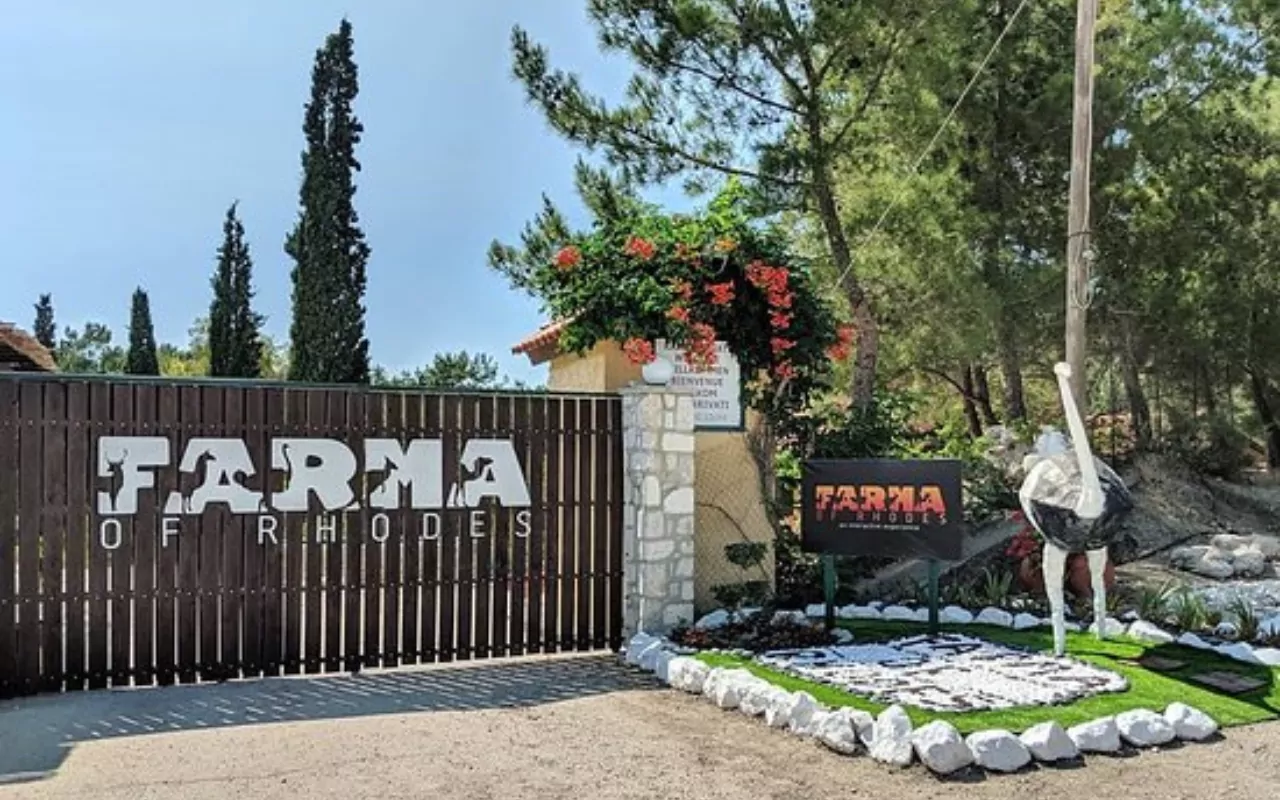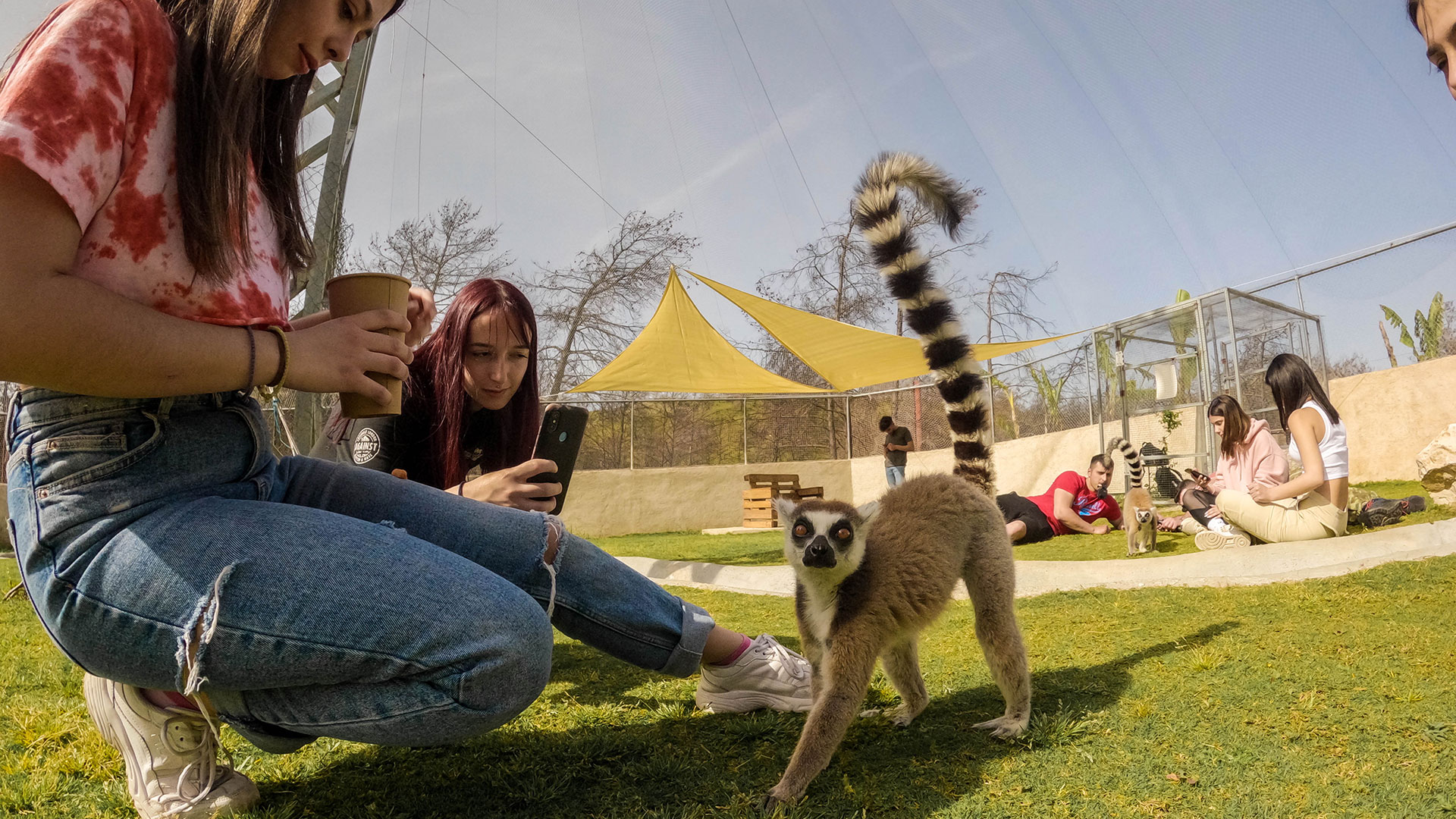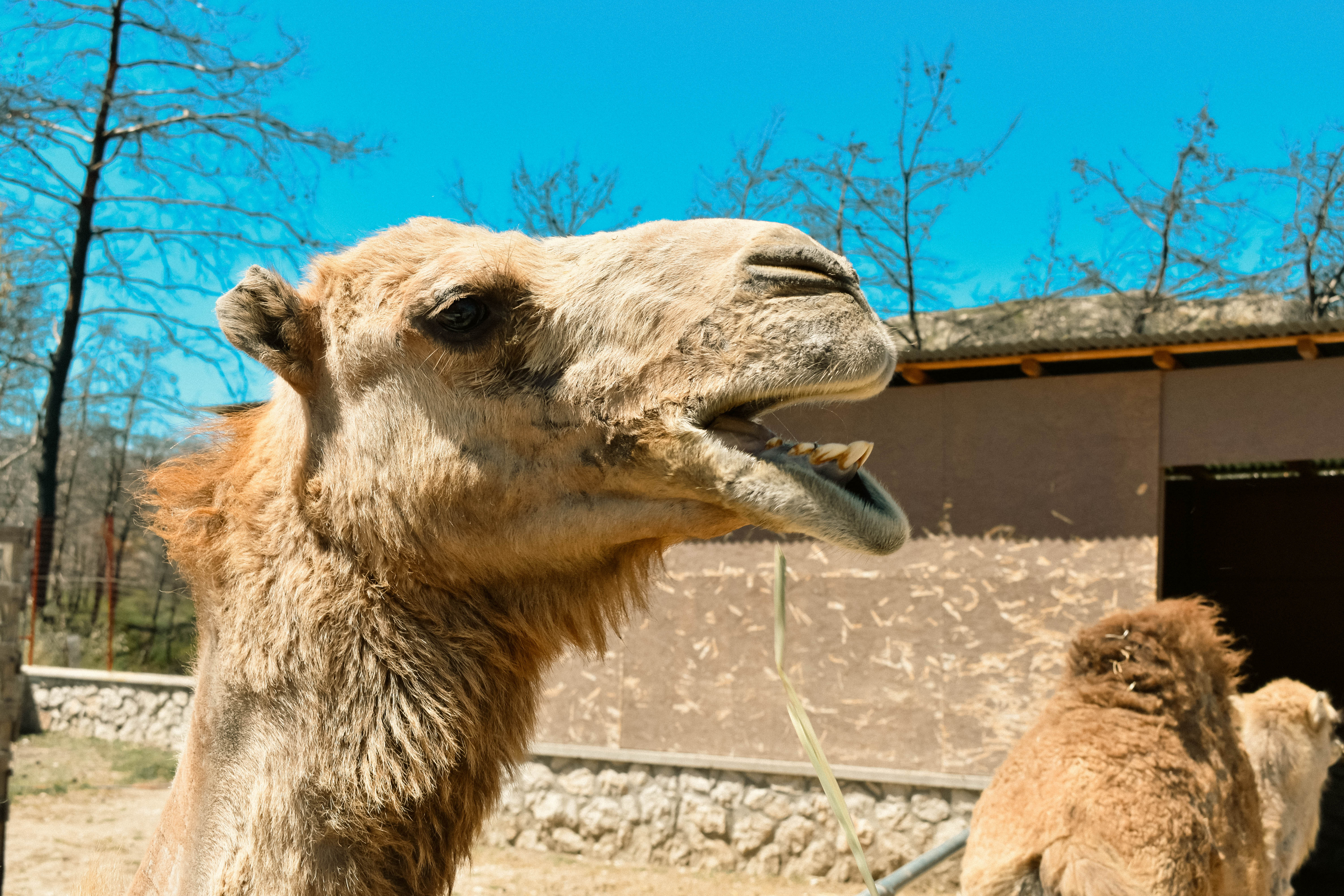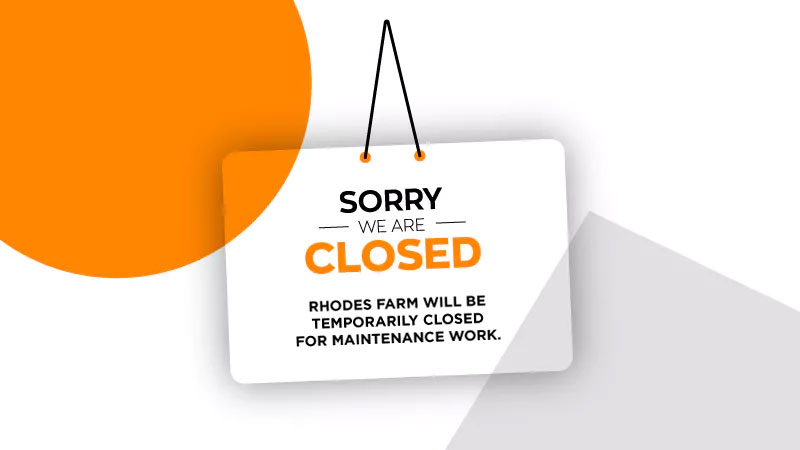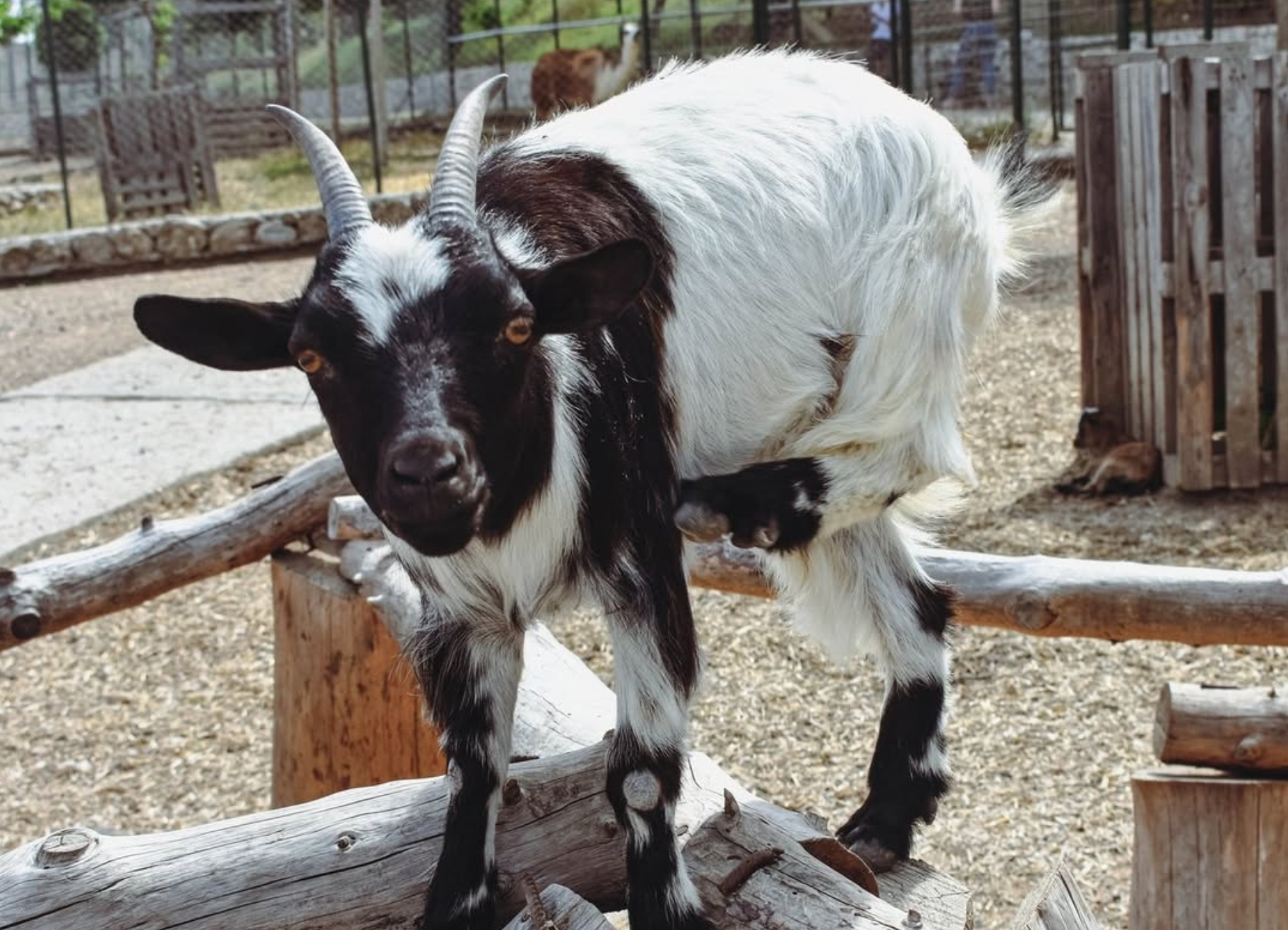
Meet the Dwarf Goats: Tiny, playful, and full of personality!

Dwarf goats are small-sized goats that delight people with their playful energy and gentle nature. They are not simply mini versions of regular goats—they have distinct traits and a rich history. These goats come from breeds like the Pygmy and Nigerian Dwarf, both tracing back to the West African Dwarf goat group.
Over time, some of these dwarf breeds were selectively bred to be more compact, while others were bred to maintain more proportion, even in a smaller form (as in Nigerian Dwarf goats). They first gained attention when small West African goats were brought to Europe and North America for zoos or research, and later adapted as pets, show animals, or small hobby-farm dairy goats.
So what makes dwarf goats special? In the sections below, we’ll explore their traits and also how you can meet them at Farma of Rhodes.
Characteristics of Dwarf Goats
Size & Appearance
- Dwarf goats typically stand between about 17 to 23 inches (43 to 58 cm) tall at the shoulder, depending on breed (does and bucks vary)
- They come in many colors and patterns—solid, spotted, mixed—with markings common.
- Some have horns, while others are naturally hornless (polled) or have been disbudded for safety.
Personality & Behavior
- They are known to be friendly, curious, and social.
- Playfulness is common—they like to jump, climb, and explore their surroundings.
- Because of their small size, they are easier to handle, especially for kids or people new to goats.
Reproduction & Milk
- Dwarf goats often breed year-round (especially Nigerian Dwarf types).
- They can bear twins, triplets, or more.
- Some dwarf goats are used for small-scale milk production—their milk tends to be rich in butterfat despite the small volume.
- However, not all dwarf breeds are efficient milkers—Pygmy goats, for example, are more often kept for companionship or pet purposes.
Health and Needs
- They are hardy and adapt well to different climates, but need proper shelter, clean space, and good fencing (they are small enough to slip under weak fences).
- Their diet includes hay, browse (shrubs, leaves), and supplemental feed as needed.
- Routine care, like hoof trimming, parasite control, and veterinary checks, is necessary to keep them healthy.
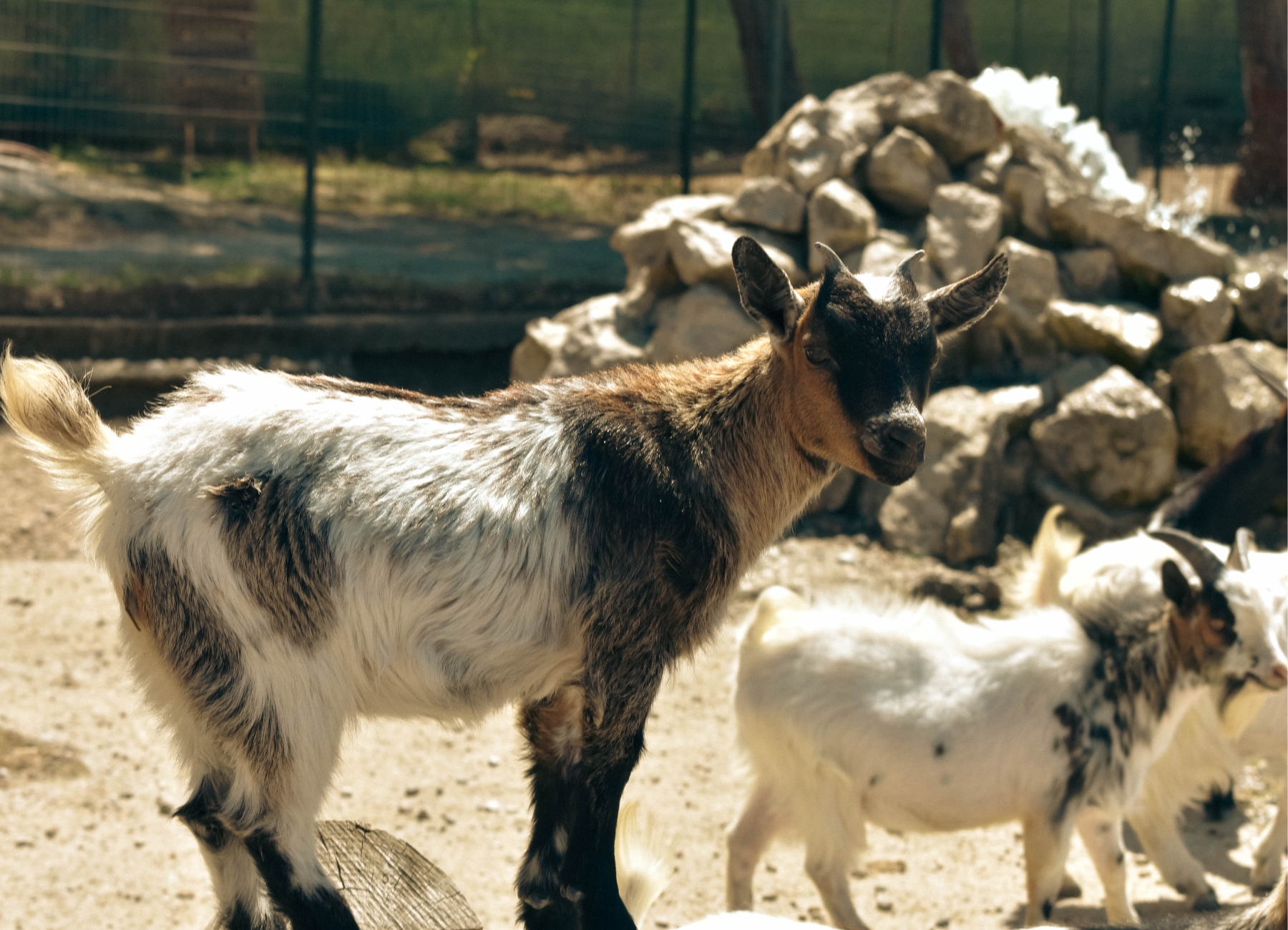
Why Dwarf Goats Are Loved
Dwarf goats often charm visitors with their antics. Many people are drawn to:
- Their mischievous jumps and playful behavior
- Their manageable size and gentleness
- The joy of hand-feeding or gently petting them
- Watching them interact with each other socially
Because they are smaller, they can be accommodated in modest farm or petting-zoo settings. Also, they are less costly to feed and maintain compared to larger goat breeds.
Meet Dwarf Goats at Farma of Rhodes
At Farma of Rhodes, Nigerian dwarf goats are part of the animal family you can meet up close in the interaction zones. Visitors love them for how lively and friendly they are. You’ll often see them hopping around, sniffing curiously, and nudging for treats.
During your visit:
- You can feed the dwarf goats (with safe food provided or sold on site).
- You can pet them in supervised zones, under the guidance of farm staff.
- The farm staff will share facts about goat care, behavior, and the dwarf breeds they keep. This makes it an educational and fun experience for all ages.
This hands-on interaction helps visitors appreciate the personality and charm of dwarf goats more than any picture or description can. Whether you’re young or old, animal-lover or casual guest, these amusing little goats will make your visit more memorable.
So when you come to Farma of Rhodes, be sure to spend some time in the dwarf goat interaction zone—watch them leap, feed them gently, and enjoy the simple joy of connecting with these tiny, spirited animals. You’re bound to leave with a smile and a new fondness for dwarf goats.

